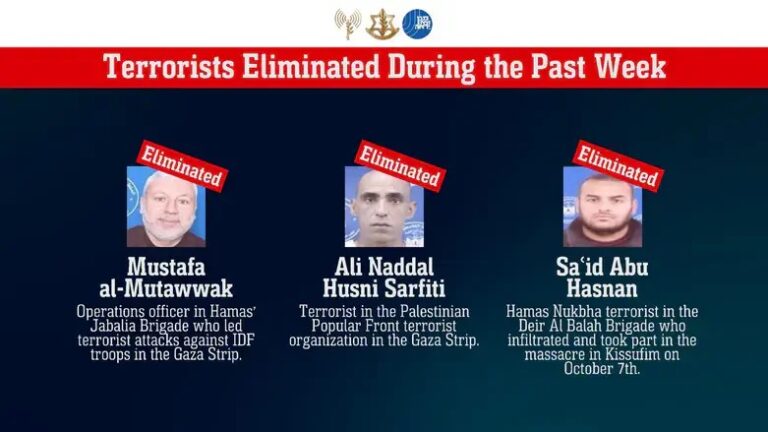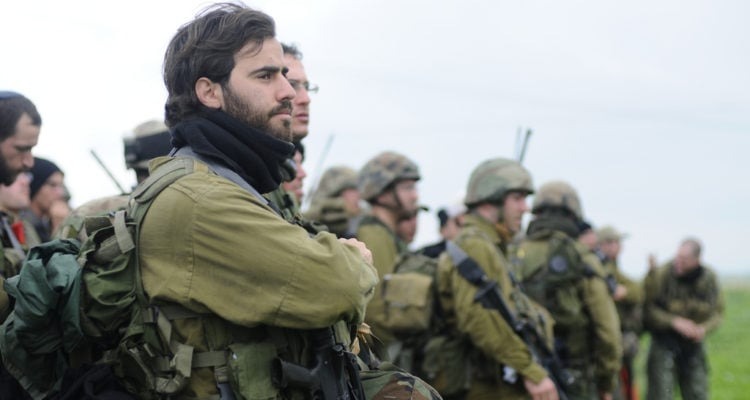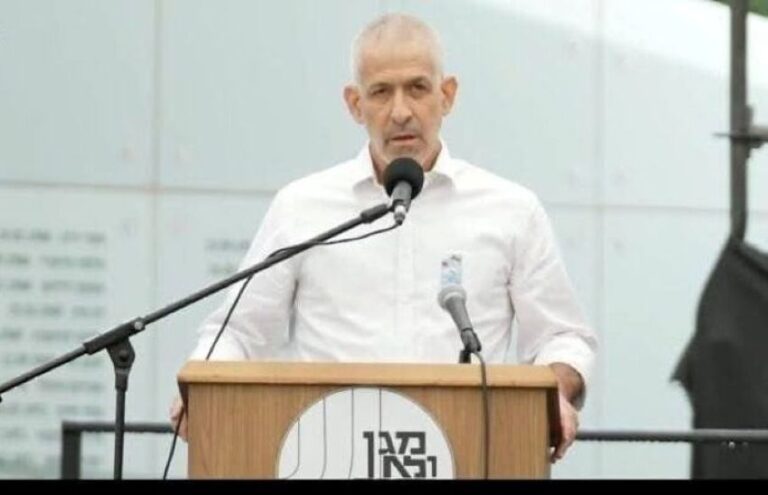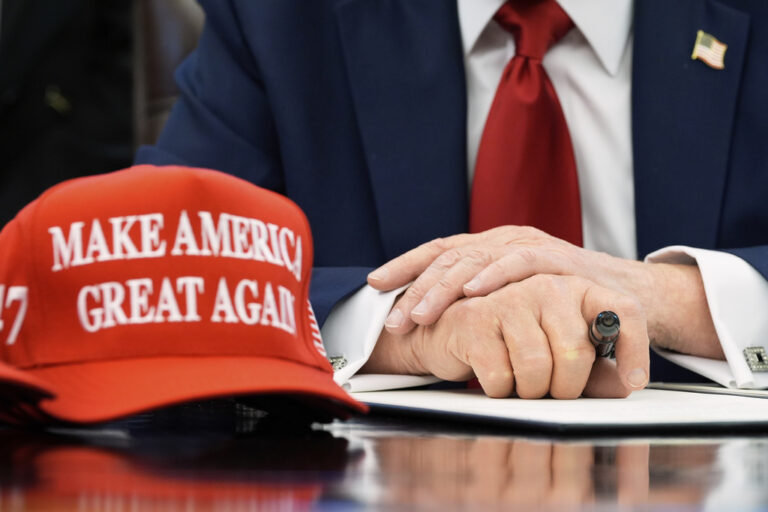 (Article taken from die jüdische) Rabbi Hubert from the 2nd Brigade of the 101st Airmobile Division provides some very interesting insights about the U.S. mission in Iraq.
(Article taken from die jüdische) Rabbi Hubert from the 2nd Brigade of the 101st Airmobile Division provides some very interesting insights about the U.S. mission in Iraq.
Climbing over the rotting garbage, I realized I was the first Jew to enter this holy place in over 50 years. I am writing to you from Nineveh, the city of the prophet Jonah. Its present name is Mosul.
I have had the privilege of seeing its ancient walls, of touching its stones, of going to the grave. Islamic tradition says is the prophet Jonah’s. There is a mosque at the site; but hundreds of years ago, the Iraqis we work with tell me, it was a synagogue.
They tell me the reason the site is so sacred is because of the sacredness in which the Jews held it. Presently, there are no signs of this ancient synagogue.
I am the rabbi of the 101st Airborne Division, the division Steven Spielberg immortalized in his epic “Band of Brothers”. We, the soldiers of the 101st Airborne, fought our way up from the south, from Kuwait . The battle took us past Ur, the city where Abraham was born. We maintained contact with the enemy, passed the site of the great Talmudic academies of Sura and Pumpaditya, to the city of Babylon, where the prophet Daniel was taken.
There we engaged the Nebuchadnezzar Iraqi Armored Division and beat them. We continued the battle to Baghdad, where so many Jews lived and were massacred in the summer of 1948. It was the city of so many of our sages, including the Ben Ish Chai.
Now we are in Mosul. I ask about the Jews who lived here, and very few remember them. Many say Jews never lived here, but my heart tells me different. The old ones tell me there was a Jewish quarter, a synagogue, study halls, and a cemetery. One day, while searching the streets of the ancient city, I came across a building missing half of its roof.
The site was a garbage dump and the interior was three quarters full of rotting garbage, faeces and sewage. I had to crouch down low to get inside as the doorway was almost completely buried. As I entered light came through the half-open roof and I could just make out writing engraved on the walls. It was Hebrew. It was then that I knew had stumbled into the ancient synagogue of the city of Mosul-Nineveh.
My heart broke as I climbed over the garbage piles that filled the room where, for hundreds of years, the prayers of Jews had reached the heavens. I realized I was probably the first Jew to enter this holy place in over 50 years. Over three-and-a half meters of garbage filled the main sanctuary and what appeared to be the women’s section. I could barely make it out because of the filth, but there was Hebrew writing on the walls.
Many Iraqis congregated around me, wanting to know what I was doing. My translator said that the American army was interested in old archaeological sites of all kinds. I asked them if they knew what this place was, and they all said in an instant: It was the house where the Jews prayed.
They told me that the houses in the streets surrounding the synagogue had been filled with Jews. They took me to the children’s yeshiva, a marbled edifice that no longer had a roof, only walls and half-rooms. There was a vagrant family living there and when I asked them what this place was, they said it was a Jewish school for children.
As I walked through the quarter I was shown the grave of the prophet Daniel, once a synagogue. I saw that many of the doorposts had an engraving of the Lion of Judah on the top. I felt the presence of our people, of their daily lives as merchants, teachers, rabbis, doctors, and tailors. Tears came to my eyes, but I had to hold them back lest I put myself and the soldier with me in a dangerous situation. I had to pretend that I was only mildly interested in what they were showing me.
I have no answers. I only have great sadness, pain, and loneliness. Since then I have gone back to the Jewish quarter of old Mosul with members of my congregation, Jewish soldiers of the 101st: infantrymen, artillerymen, medics, pilots, lawyers, doctors, all proud to be Jewish and serving their country. Together we have found five more synagogues, more yeshivot and many Jewish homes.
They have all come away profoundly affected by what they saw. They are saddened, but yet proud to be connected of such an ancient and rich tradition in this historic city of Nineveh.
I searched the ancient city near other cemeteries in hope of finding the Jewish cemetery. I found a Christian cemetery and a British War cemetery situated next to each other. The British War cemetery is now used as a soccer field. The cemetery was marked as a war memorial cemetery and the dates were for World War I and World War II. There was a marker in the cemetery written in English and Sanskrit, dedicated to the Hindu and Sikh soldiers of Her Majesty’s Army who died while serving.
Another one, written in English and Arabic, was dedicated to the Muhammadan soldiers in Her Majesty’s Army who died while serving, and a third marker had nothing on it. These markers were over seven meters high. The third marker could have had a dedication, but if so it had been destroyed or removed.
Scattered all through the cemetery were fragments of tombstones, some with a few words of English, some with a cross on them. Outside these three markers there were no standing tombstones anywhere, only broken fragments scattered in corners.
The cemetery was surrounded by a 1.5-meter wall and an entrance gate. About half a meter inside the cemetery, barely showing through the surface, was a fragment my assistant, Specialist William Rodriguez, discovered. By working with me over these last few months he has learned to recognize Hebrew letters. As we dug it out we noticed it had both Hebrew and English on it. I was so excited to see it, yet so sad. There are many possible explanations, but the one I think most plausible is that it was the grave marker of a British soldier, a young man by the name of Zev.
The British Army had contacted the local Jewish community to have a stone engraver put Hebrew on the stone along with the English. It was their way of honouring and respecting their fallen comrade.
If this explanation is true then this cemetery contains those of the Hindu, Sikh, Islamic, Christian, and Jewish faiths, all soldiers who died in the service of their country. The obvious question: Is death the only way these great faiths can coexist in peace? We would hope not.
I have not yet discovered the ancient Jewish cemetery of the Jews of Mosul-Nineveh. My instincts tell me it is nearby, but in the last 60 years it has probably been desecrated and obliterated. One native I talked to told me that a major highway had been built through it. I will continue to search as my military mission allows me.
I have taken Zev’s marker and reburied it in the cemetery. I have said kaddish for him and for all the other Jewish souls that may be buried here.
There is a great history to be written here, a great opportunity to recover the lost narrative of our people, the Sephardim of Iraq. My prayer and hope is that when the gates finally open for scholars the remnants of our people will still be here for historians to recover.
If this chapter of history is erased, it will never be recovered again. I pray that those with more resources, more connections, and more wisdom than I will be able to add to these pages of our great history. I am only thankful that God has given me a small part in it.
May the memories of our brothers and sisters
Hakahal Hakadosh d’Nineveh – the holy community of Nineveh – never be forgotten.











6 Responses
Wow. Kudos to YW for featuring this piece. I got shivers up my spine just reading this amazing account. I look forward to getting more news from this Rabbi.
GOD BLESS U AND UR DIVISION
U HAVE A BIG Z’CHUS
I have a friend who is a (frum) chaplain in the US Air Force, and he was in Iraq this past Yomim Noraim through Succos. He visited Ur, where they showed him Avraham Avinu’s house, right next door to the getshke shop, down the street from the beis avodah zarah. I kid you not!
The article posted sounds like the authors was there at the start of the invasion. Can the YW editor verify that?
this is an old article – I have read it before
great job keep us updated please
A very old story indeed – prob a year or two old. i must say its interesting to know that Mosul could be Ninveh.